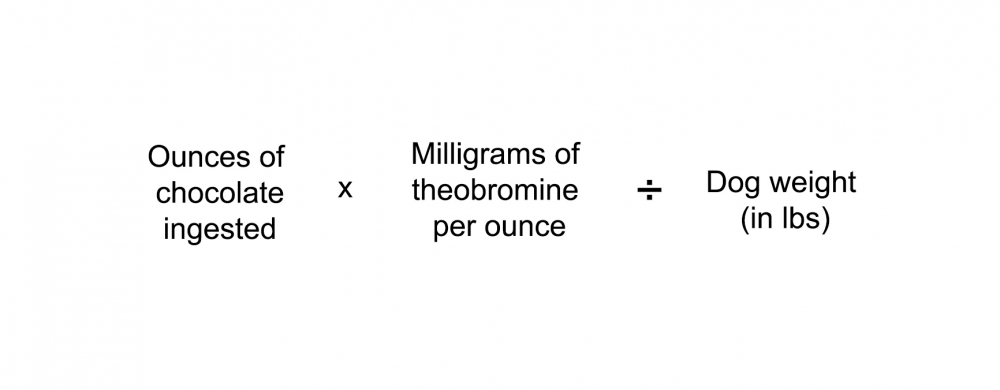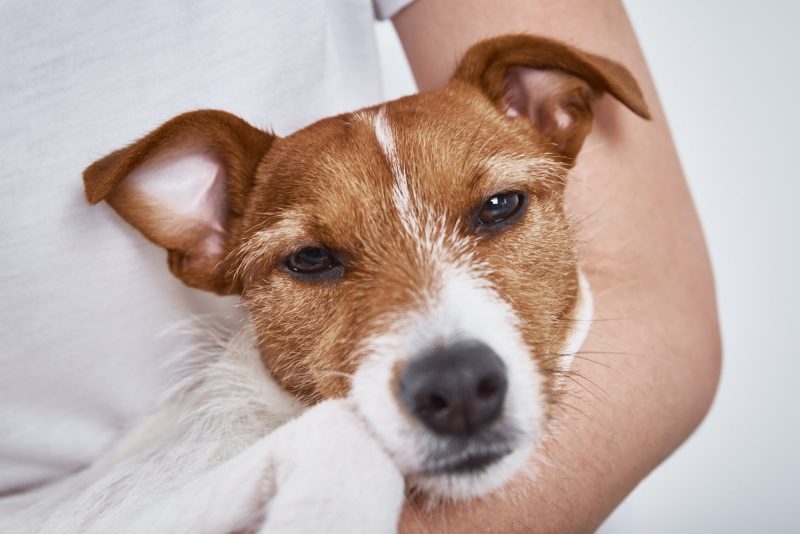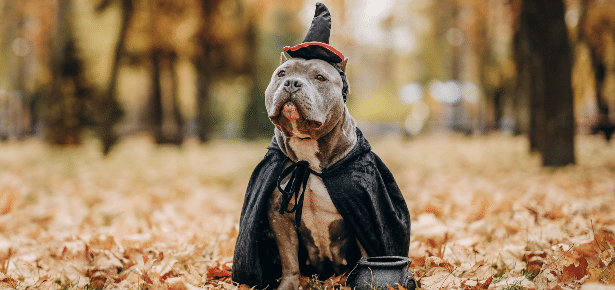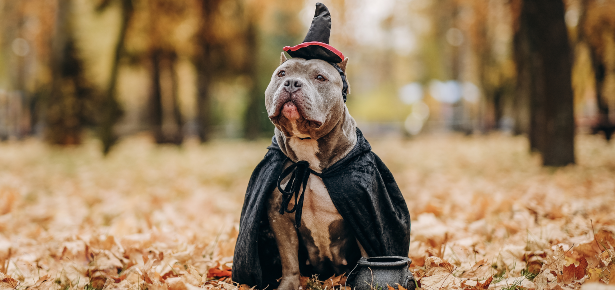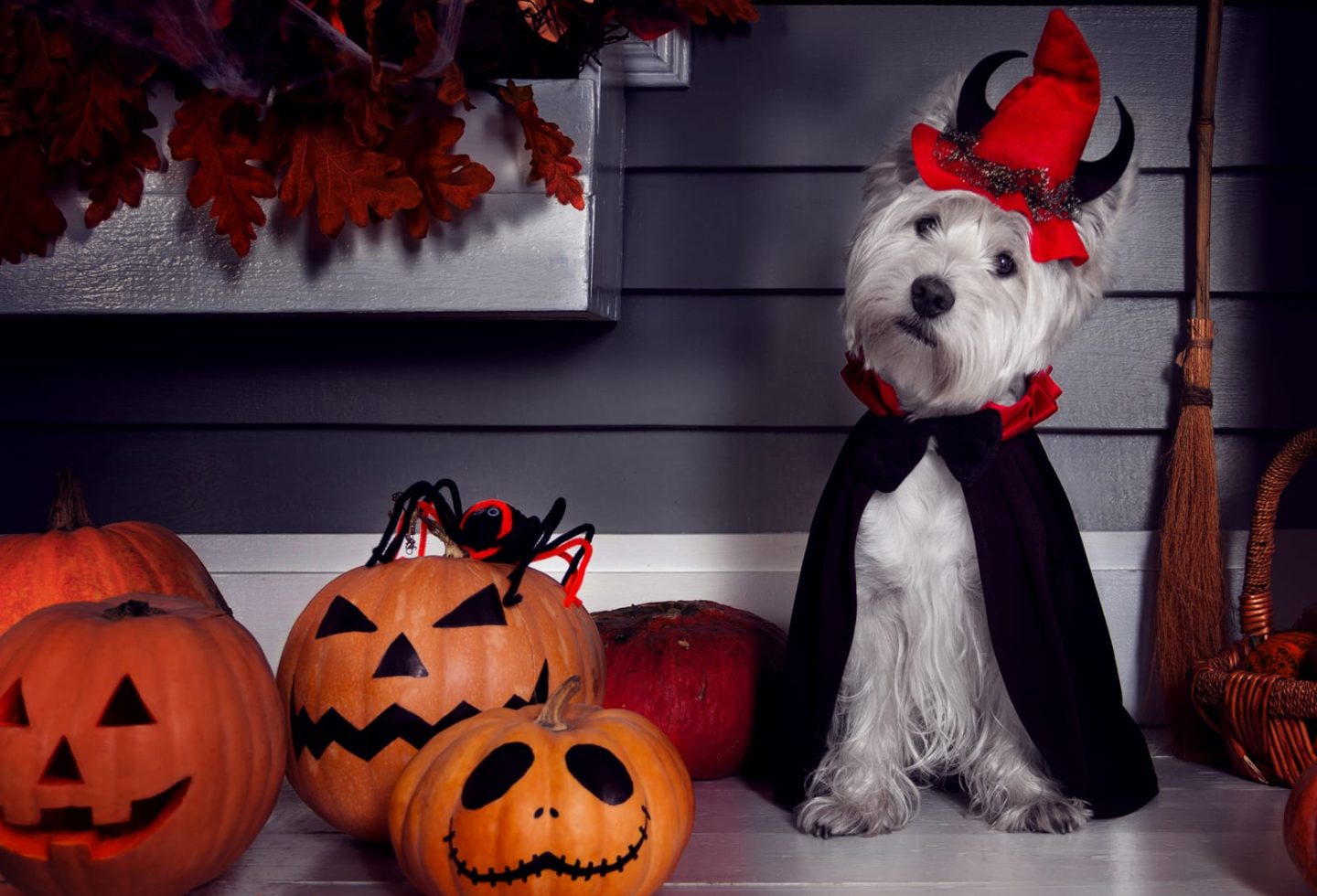
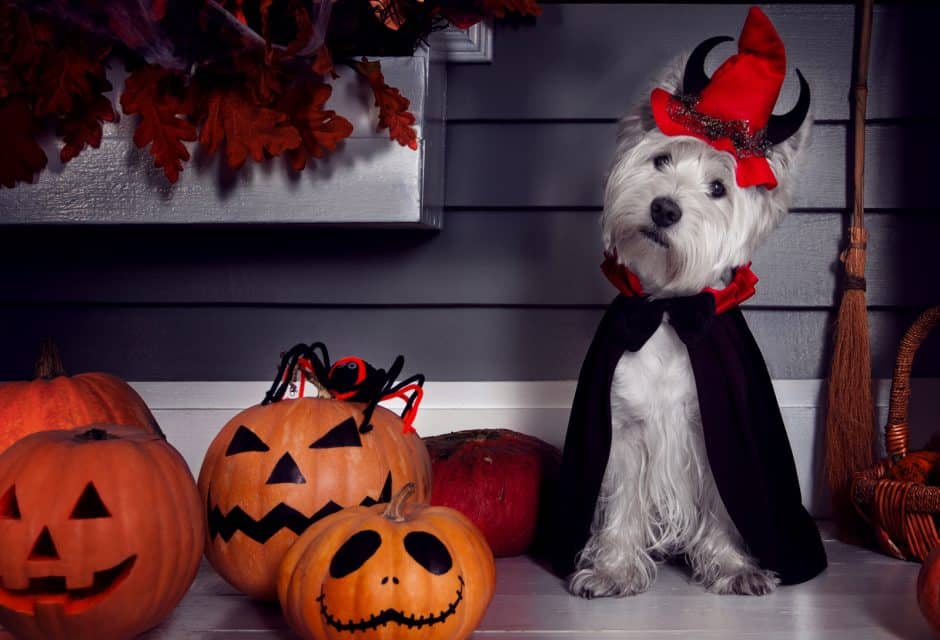
What To Do If Your Dog Eats Halloween Candy
A curious canine with a sweet tooth can be the scariest part of the holiday
Forget ghosts and goblins: food poisoning is the scariest thing dogs encounter during the Halloween holiday. Petplan pet insurance found that pets are 32% more likely to suffer food poisoning during Halloween week versus any other time of the year. Among the top toxins? Chocolate!
So Rover raids the Halloween haul. How’s a pet parent to know if he’s in danger of food poisoning? Petplan’s veterinarians have put together a great step-by-step plan to help pet parents if they find themselves in this situation on Halloween.
What Pet Parents Need To Know
Chocolate is poisonous to pets because it contains toxic theobromine, and different types of chocolate affect pets differently because they have varying levels of this substance. Baking chocolate has the highest concentration, and is therefore the most toxic – followed by dark, milk and then white chocolate.
If a Dog Eats Chocolate, Pet Parents Need to Know 3 Things:
- How much theobromine the chocolate contains
- How much the dog ate
- How much the dog weighs
If your dog ingests close to 20mg of theobromine per pound of body weight, he’s in the danger zone for food poisoning.
Milligrams of theobromine per ounce:
Baking chocolate – 450mg/oz
Dark chocolate – 160mg/oz
Milk chocolate – 64mg/oz
White chocolate – 1mg/oz
Here’s how to do the math:
The closer the resulting number is to 20, the worse the toxic effects will haunt him. For example:
A 25-lb. dog who eats 3 ounces of milk chocolate:
3oz x 64mg/oz = 192/25lbs = 7.7mg/lb (non-toxic level of theobromine)
A 25-lb. dog who eats 3 ounces of dark chocolate:
3oz x 160mg/oz = 480/25lbs = 19.2mg/lb (dangerous level of theobromine)
What To Do Next
A number close to 20 indicates a toxic level of theobromine that can terrorize a pet’s health. Get to the vet or an emergency clinic immediately! If the number is well below 20, your pet’s tummy may turn on him, but you don’t need to be spooked. Call the vet for tips on how to treat signs of trouble.
Click here for more tips on keeping your pup safe this Halloween.
Join the newsletter and never miss out on dog content again!
"*" indicates required fields
By clicking the arrow, you agree to our web Terms of Use and Privacy & Cookie Policy. Easy unsubscribe links are provided in every email.
